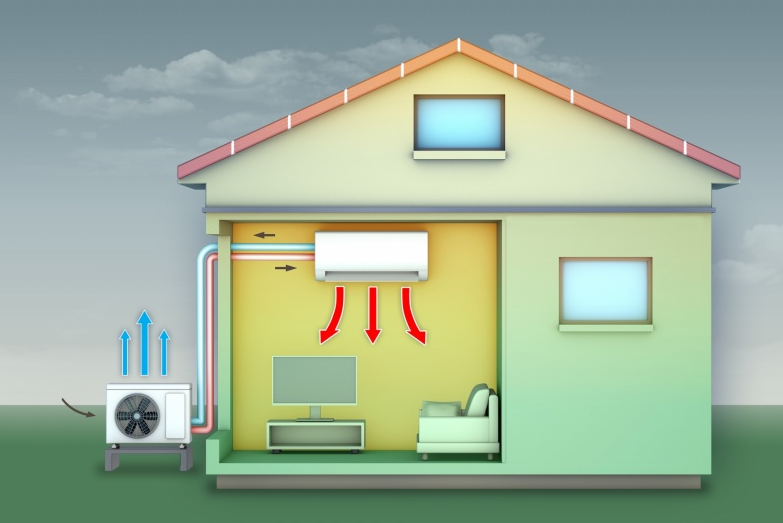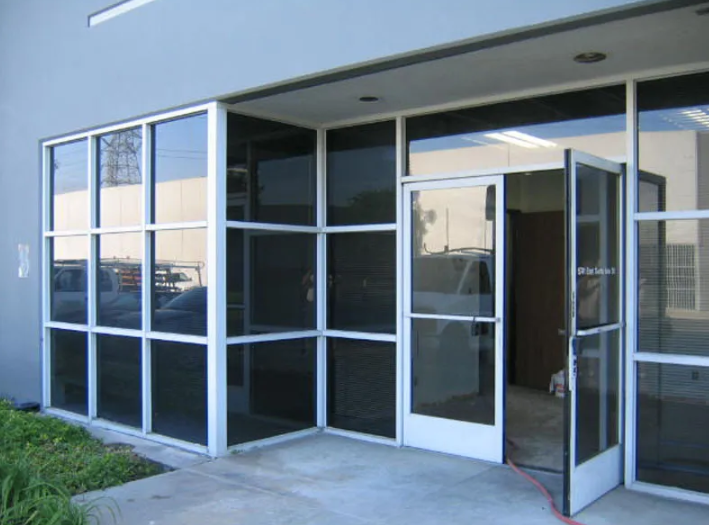Introduction to Home Cooling Solutions
A house cooling strategy is necessary to preserve the home’s atmosphere as the temperatures increase. The wide range of accessible options becomes overwhelming, given the specific benefits and drawbacks each one has. When evaluating systems, it’s crucial to access reliable services in cases of unexpected breakdowns, such as emergency AC repair, ensuring the air conditioning system functions efficiently and without interruption. The first step is understanding that efficient AC is not just lowering temperatures but controlling the internal climate to maximize comfort and ergonomics.
Finding a system for your premises features a tradeoff between cost, functional efficiency, and ecological sustainability. While the setup cost is an important parameter, the running cost needs to be looked into because it can be a problem when running a household budget. The perfect compromise would bring the unit’s operational and comfort levels to the maximized combined metrics.
Benefits of Effective Cooling Systems
Sustained internal temperatures during the warm season significantly benefit the quality of life, while the use of modern cooling systems improves indoor air quality and humidity levels. These systems also lower the likelihood and speed at which mold and mildew would grow in a confined space, preserving the health of the individuals in that environment. As per research, these systems can notably alleviate respiratory issues, relieving asthma and allergies.
Types of Home Cooling Systems
Air Conditioning Units
Because of their remarkable ability to control temperature and humidity levels, air conditioning units are exceedingly popular in larger spaces. Despite their popularity, these appliances are infamous for being energy inefficient. Newer models with programmable thermostats and variable-speed compressors significantly improve energy efficiency without sacrificing comfort.
Evaporative Coolers
Evaporative coolers are one of the most straightforward and most economical means of cooling for dry regions. They pass warm air through water-saturated pads, which results in water evaporating and absorbing heat in the process. The process cools the air before it is discharged back into the house. This adds moisture, which is beneficial in dry environments. It is cheaper to install and operate in the long run when compared to traditional units, which makes it handy for cost-sensitive users.
Fans and Ventilation Systems
Ceiling and portable fans, as well as natural ventilation systems, are handy and practical cooling methods for gentler conditions, though less potent than air conditioners. They improve air circulation and provide cooling without significant temperature drops. Opening windows and doors for breezes is beneficial for the environment and saves energy. This option works well for homes with low electricity costs, as fans paired with natural cross ventilation also save energy.
Things to Take Into Account While Selecting a Cooling System
Choosing a suitable cooling option requires attention to critical elements like the environmental climate of your region, the size and layout of your house, and the associated cost of upkeep and maintenance. Research, such as that provided by Consumer Reports, highlights the necessity of weighing these aspects to ensure the chosen cooling system remains efficient and cost-effective throughout its operational life. For example, an expensive central air conditioning unit would work well in a large home, but ductless mini-split systems and portable AC units tend to work much more efficiently in smaller spaces.
Energy Efficiency in Cooling Systems
Heating, ventilation, and air conditioning systems (HVAC) require high investment costs; therefore, energy efficiency in cooling systems is a significant concern that significantly affects the operating expenses for the customer. Systems with a high Seasonal Energy Efficiency Ratio (SEER) are the most efficient in the use of energy since they guarantee comfort with the least amount of waste, unlike other systems. Energy Star certification becomes useful in proving to customers the lower environmental impact and energy expenses associated with the purchase of the system. Customers can rely on the certification as an assurance for obtaining comfort and savings simultaneously.
Sustainable Cooling: An Eco-Friendly Approach
Adopting renewable energy resources and reducing the carbon footprint is an essential global concern. Earth can also be used for cooling; a clear illustration of this is geothermal cooling, which uses renewable energy. These systems cut down on the electricity consumed, as they consume electricity based on the demand and need for energy. This kind of sustainable cooling promotes ecological benchmarks along with robust cost cuts on energy needs over the lifetime of the system.
Maintenance Tips for Optimal Performance
Regular and correct maintenance significantly impacts the energy efficiency and lifespan of any cooling system. This includes the regular cleaning, inspection, and changing of air filters to guarantee streamlined airflow and operation. Regular professional checks can solve any possible or potential issues in advance, thereby reducing unexpected outages and extending system lifespan. With regularly scheduled preventive maintenance, homeowners can mitigate a variety of efficiency and system operation issues, thus reducing energy costs, system inefficiency, and future repair expenses.
Conclusion
Identifying the best possible method for home cooling requires careful consideration of all factors concerning efficiency, cost, and sustainability. By being mindful of everything around you, including the various options available, you can develop a customized solution that incorporates your demands while delivering comfort and energy efficiency throughout the year. This method of cooling a home embraces more than comfort from high temperatures—it also supports enduring living that balances economic and ecological factors.


